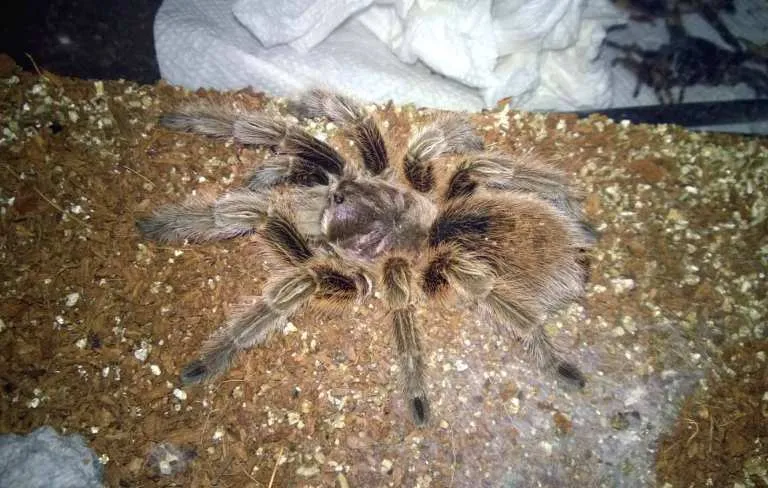Why Choose Beginner Tarantulas
Tarantulas are fascinating creatures, and for many, they represent an exciting entry into the world of exotic pets. Their relatively low maintenance needs, coupled with their intriguing behaviors, make them appealing to a wide audience. Unlike some pets that demand constant attention, tarantulas offer a unique pet ownership experience. They require less daily interaction than, say, a dog or cat, allowing you to enjoy their presence without the constant demands on your time. This makes them an excellent choice for individuals with busy lifestyles or those new to pet ownership. Choosing the right species is key to a positive experience. Beginner-friendly tarantulas are typically those known for their docile temperament, hardiness, and ease of care. These species are less prone to defensive behaviors and can tolerate minor mistakes in their care routine, making them perfect for learning the ropes of tarantula keeping. Ultimately, the decision to get a tarantula should be based on a genuine interest in these amazing creatures and a commitment to providing them with the care they need to thrive.
Easy to Care for Tarantulas
Selecting the right tarantula species is paramount for a successful and enjoyable experience. Several species are particularly well-suited for beginners, primarily due to their docile nature, tolerance of handling, and straightforward care requirements. These beginner-friendly options typically exhibit predictable behaviors, reducing the likelihood of unexpected defensive reactions, and are generally more forgiving of minor errors in husbandry. In addition to temperament, factors like size and growth rate can influence their suitability for beginners. Slower-growing species often require less frequent rehousing and offer a more manageable experience. It is important to consider a few of the best options available for beginners, understanding the specific needs of each tarantula before bringing one home. Proper research and preparation are essential for providing these fascinating creatures with the best possible care.
The Mexican Red Knee Tarantula
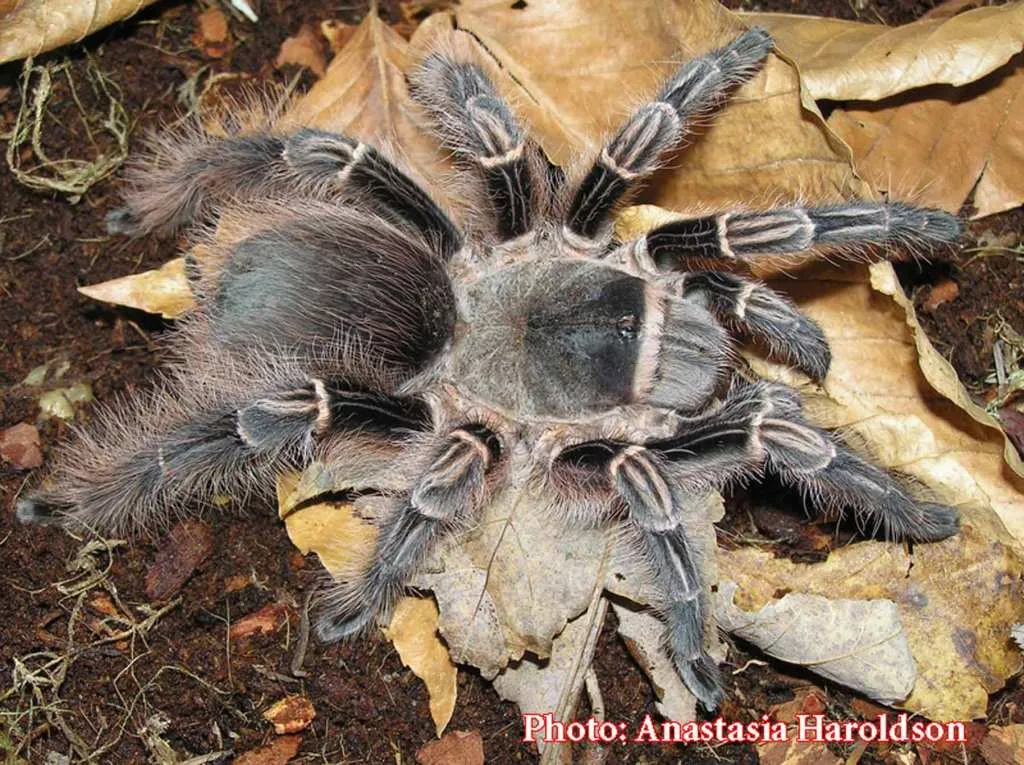
The Mexican Red Knee (Brachypelma hamorii) is often considered the quintessential beginner tarantula. Their striking appearance, with vibrant red-orange markings on their leg joints, makes them visually appealing. Their docile temperament and relatively slow growth rate contribute to their popularity among beginners. They are generally calm and less likely to bite, although they may flick urticating hairs as a defense mechanism. The Mexican Red Knee’s resilience and adaptability to various environmental conditions make them relatively easy to care for, provided their basic needs are met. This combination of beauty, temperament, and ease of care makes the Mexican Red Knee an excellent choice for anyone starting their journey into tarantula keeping. It is important to remember that individual personalities can vary, but as a species, they are generally well-behaved and tolerant of handling.
Mexican Red Knee Tarantula Care
Caring for a Mexican Red Knee tarantula involves providing an appropriate enclosure, maintaining optimal temperature and humidity levels, and offering a suitable diet. A 10-gallon tank is usually sufficient for adults, with proper ventilation and a secure lid to prevent escapes. Substrate should consist of a mix of coconut fiber, peat moss, or other materials that retain moisture. A water dish must always be available. Temperatures between 75-85°F (24-29°C) are ideal. Humidity should be maintained at around 60-70%, achieved by misting the enclosure occasionally. Feeding should consist of appropriately sized insects such as crickets, mealworms, or roaches, offered once or twice a week for adults and more frequently for juveniles. It’s crucial to remove any uneaten food to prevent mold growth. Handling should be minimized, and always done with caution, as stress can be harmful. Regular monitoring of the tarantula’s condition is important. Check for signs of illness or molting, which are natural processes that should not be disrupted.
The Chilean Rose Hair Tarantula
The Chilean Rose Hair (Grammostola rosea) is another popular choice, known for its gentle disposition. This species is incredibly hardy and adaptable, making it a forgiving pet for those new to tarantula care. Their brown to pinkish coloration is subtle but attractive, and their calm nature reduces the likelihood of defensive behaviors. They are relatively slow-moving and less prone to bolting or biting. The Chilean Rose Hair’s ease of care, coupled with its relatively long lifespan (often exceeding 10 years), makes it a great option for beginners seeking a low-maintenance pet that can be enjoyed for many years. They are generally tolerant of handling, but it’s still best to avoid unnecessary interactions. They are an excellent species for learning the basics of tarantula husbandry without the complexities of more demanding species.
Chilean Rose Hair Tarantula Care
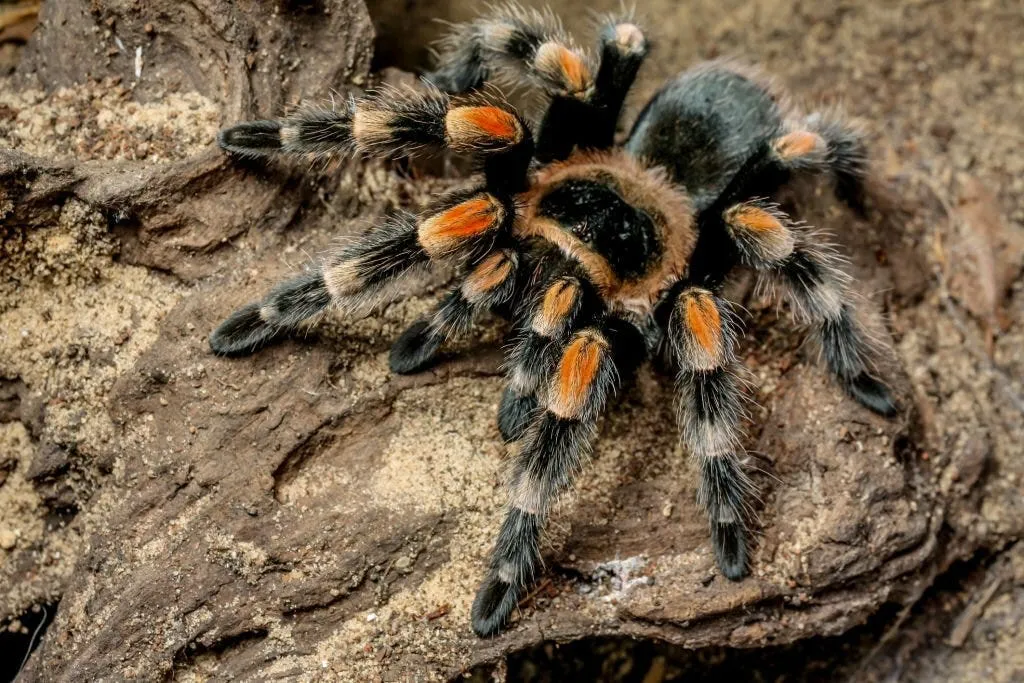
Chilean Rose Hair tarantulas have straightforward care requirements, similar to those of the Mexican Red Knee. A 5-10 gallon tank is usually suitable for adults, with a substrate of coconut fiber or peat moss. Maintaining the enclosure’s moisture level is crucial. The temperature should be kept in the range of 70-80°F (21-27°C). While these tarantulas tolerate a wider range of temperatures and humidity levels, providing the correct environment will ensure their well-being. Providing fresh water in a shallow dish is essential. Adults can be fed once or twice a week with appropriately sized insects, while juveniles may need more frequent feeding. Proper ventilation is also important. Like the Mexican Red Knee, it’s important to observe your Chilean Rose Hair tarantula for signs of molting or any health issues and adjust care as needed. Avoid frequent handling, as it can stress the tarantula and potentially lead to injury. The Chilean Rose Hair’s resilience makes it an ideal choice for those starting out.
The Desert Blonde Tarantula
The Desert Blonde (Aphonopelma chalcodes) offers a unique appeal with its light brown coloration and calm demeanor. Native to the deserts of the southwestern United States, these tarantulas are well-adapted to arid environments, which makes them a good choice for those who prefer a less humid habitat for their pet. Their docile nature and low maintenance make them perfect for beginners. They are not known for being aggressive and are generally content to sit in their burrow or hide. The Desert Blonde’s hardiness and easy care requirements make it a great choice for beginners looking for a visually appealing and manageable pet. They can live for many years, which adds to their appeal.
Desert Blonde Tarantula Care
Desert Blonde tarantulas thrive in a desert-like environment, which is easier to maintain than those required for more humid species. A 5-10 gallon tank is suitable for adults, with a dry substrate such as a mixture of sand and coconut fiber or peat moss. A hide, such as a piece of cork bark or a half-log, provides security and comfort. The temperature should be kept between 75-85°F (24-29°C), and humidity levels should be relatively low, around 40-50%. A shallow water dish should be readily available. Feed adult Desert Blondes every 1-2 weeks with appropriately sized insects. Juvelines should be fed more often. Avoid overcrowding, and provide proper ventilation to prevent mold growth. While they are not prone to biting, it’s still important to exercise caution when handling any tarantula. Observe your tarantula regularly for any signs of illness or molting and adjust your care routine accordingly.
The Brazilian Black Tarantula
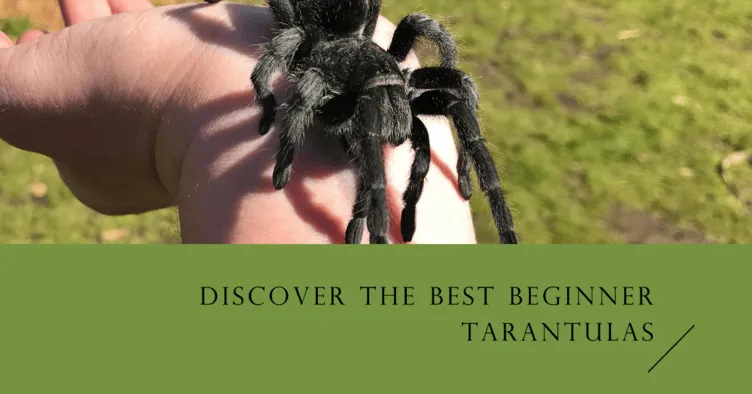
The Brazilian Black (Grammostola pulchra) is another excellent choice for beginner tarantula keepers. Their all-black coloration makes them striking and aesthetically pleasing. They have a docile temperament and tend to be less skittish than some other species, making them relatively easy to handle if necessary. The Brazilian Black is also quite hardy, tolerant of a range of conditions, which makes them suitable for beginners who are still learning about environmental control. They are not known for being aggressive or defensive, making them a good choice for someone new to the hobby. These tarantulas can be relatively long-lived, which makes them a worthwhile investment for those who are serious about pet ownership. It’s essential to handle them with care and respect their need for a safe environment.
Brazilian Black Tarantula Care
Caring for a Brazilian Black tarantula is similar to caring for other beginner species. A 10-gallon tank is usually sufficient for adults, with a substrate of coconut fiber or peat moss. Maintain a temperature range of 75-85°F (24-29°C) and a humidity level of 60-70%. This will help them thrive in captivity. Make sure that there is a water dish accessible at all times. Feed adults appropriately sized insects once or twice a week. Juveniles will need to be fed more frequently. Make sure to monitor your tarantula’s behavior, which may indicate molting or illness. Avoid excessive handling, and always be cautious when interacting with your tarantula. Providing the right environment and regular care will help your Brazilian Black tarantula stay healthy and happy. Regular maintenance, attention to detail, and a respect for these fascinating creatures are key to a successful experience.
The Pinktoe Tarantula
The Pinktoe Tarantula (Avicularia avicularia) is a popular choice. These tarantulas are arboreal, meaning they live in trees, and have a vibrant coloration and peaceful demeanor. Their pink-tipped toes and iridescent bodies make them visually stunning. Pinktoes are generally docile and less likely to bite, which makes them a good choice for beginners who appreciate a tarantula with a touch of elegance. They are relatively hardy, though they require a more specific habitat setup than terrestrial species, because of their need for climbing structures and slightly higher humidity. Their smaller size compared to some of the larger terrestrial species can make them a manageable pet, especially if you are new to tarantula care.
Pinktoe Tarantula Care
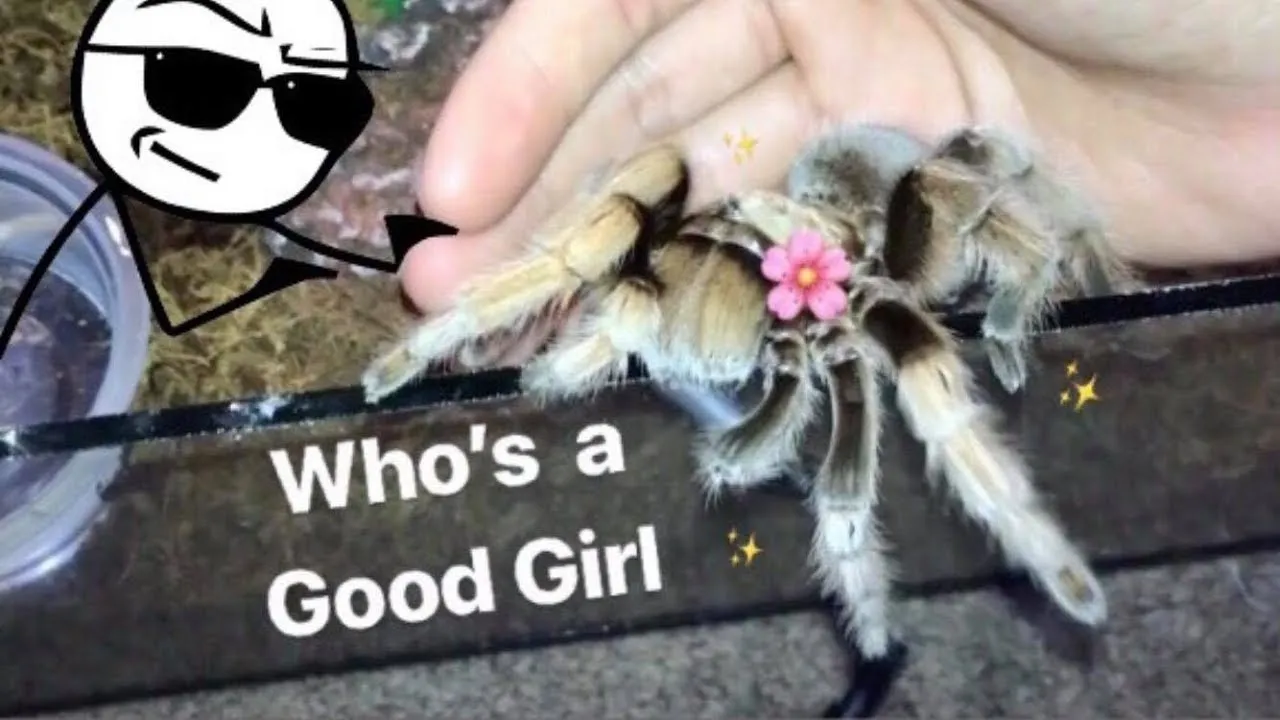
Pinktoe tarantulas require an arboreal setup, which is significantly different from the terrestrial setups needed for other beginner tarantulas. A taller enclosure is needed to allow for climbing. Provide vertical space, such as cork bark or branches for climbing. The substrate can be a mix of coconut fiber and sphagnum moss to retain humidity. Maintain a temperature between 75-80°F (24-27°C) and a humidity level of 70-80%. Misting the enclosure a few times a week will help maintain the right humidity levels. A shallow water dish is essential. Feeding should consist of appropriately sized insects. The pinktoe tarantula is sensitive to dehydration, so providing the correct moisture level is critical. Be sure to monitor your tarantula for any signs of stress or illness. With their stunning appearance and unique habitat needs, the Pinktoe tarantula can be a rewarding pet for beginners. Their care routine and environmental demands are slightly more involved. They are also more prone to bolting and have a more sensitive abdomen than some of the more hardy terrestrial species.
Tarantula Housing Requirements
The housing requirements for tarantulas are crucial for their health, well-being, and overall survival. Providing a suitable environment mimics their natural habitat and helps to reduce stress. The size of the enclosure depends on the species and the size of the tarantula. Generally, a larger enclosure is better, as it provides more space for the tarantula to move around and establish its territory. Ventilation is important. Make sure the enclosure has proper ventilation to prevent the buildup of harmful gases and to maintain air quality. The type of substrate, the material used to line the bottom of the enclosure, is also important. The substrate helps to maintain humidity levels and provides a place for the tarantula to burrow or hide. Appropriate temperature and humidity are essential. Research the specific needs of your chosen species and set the temperature and humidity accordingly. The addition of a water dish is non-negotiable. The tarantula must always have access to fresh water. By understanding and providing the right housing requirements, you are providing the best chance for your tarantula to thrive.
Essential Equipment
Setting up a proper tarantula enclosure requires specific equipment. A suitable enclosure is essential. The size and type of enclosure will depend on the species. Secure lids are important to prevent escapes. The appropriate substrate is needed to create a comfortable and healthy environment. A shallow water dish is a non-negotiable item, which provides the tarantula with access to fresh water. A thermometer and hygrometer are used to monitor temperature and humidity levels. These instruments help you maintain the optimal environment for your tarantula. A hide, such as a piece of cork bark or a half-log, gives your tarantula a safe place to retreat. Feeding tongs make feeding easier and safer. By investing in this essential equipment, you are setting up the conditions for your tarantula to flourish. The equipment will help the tarantula owner to keep them safe and happy. By using the correct tools, you can guarantee your tarantula will live a long and healthy life.
Choosing the Right Enclosure
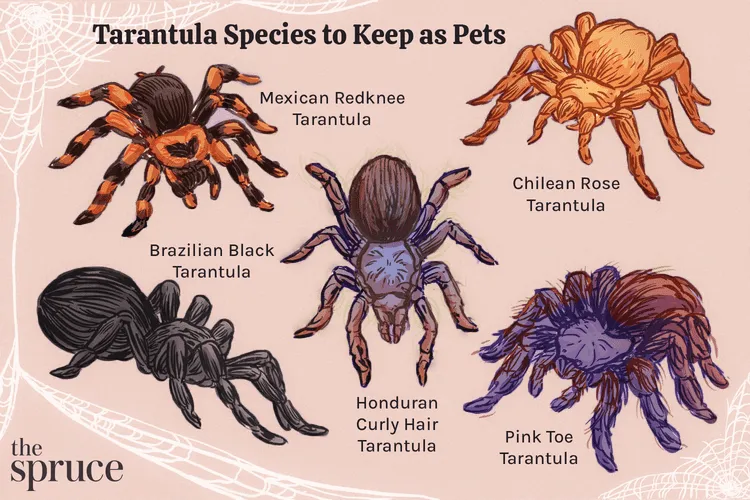
The choice of enclosure is of great importance. Acrylic or glass enclosures are often used because they are durable and allow for good visibility. The size of the enclosure should match the tarantula’s size and species. Generally, larger enclosures provide more space for the tarantula to move and establish its territory. Ventilation is also important. Make sure the enclosure has adequate ventilation to prevent the buildup of harmful gases and to help maintain the air quality. The enclosure should have a secure lid to prevent escapes. Consider the enclosure’s design and any features that may benefit the tarantula. An enclosure with front-opening doors makes it easy to access the tarantula. The enclosure type can have a significant impact on your tarantula’s well-being and should be selected carefully. Choosing the right enclosure is about understanding your tarantula’s needs and setting the conditions for them to thrive.
Substrate and Decor
The substrate is the material that lines the bottom of the enclosure. The correct substrate helps maintain humidity, and provides a place for the tarantula to burrow or hide. The best substrate for most terrestrial tarantulas is a mix of coconut fiber, peat moss, and a bit of vermiculite. This combination provides good moisture retention and allows for burrowing. Decor within the enclosure is not only for aesthetics but also for providing the tarantula with security. Place a hide, such as a piece of cork bark or a half-log, to give your tarantula a safe place to retreat. Consider adding plants and other natural elements to create a more enriching environment. Avoid any sharp objects or materials that could harm the tarantula. Substrate and decor must be chosen carefully, as they will impact your tarantula’s physical and psychological well-being. The right substrate and decor will mimic their natural habitat and give your tarantula a space where it can be safe and secure.
Tarantula Feeding and Hydration
Feeding and hydration are essential aspects of tarantula care, which ensures their health and longevity. Provide the correct feeding schedule, based on the age and species of your tarantula. Newly molted tarantulas may refuse food for a few days, until their fangs have hardened. The tarantula’s diet consists of insects, such as crickets, mealworms, and roaches. Feed your tarantula insects that are appropriately sized. Make sure to remove uneaten food within 24 hours, to prevent mold growth. Ensure that the tarantula has access to fresh water at all times. Change the water regularly and use a shallow dish to prevent drowning. The correct feeding and hydration practices are fundamental in maintaining the health of your tarantula, ensuring that they live a long and fulfilling life.
Feeding Your Tarantula
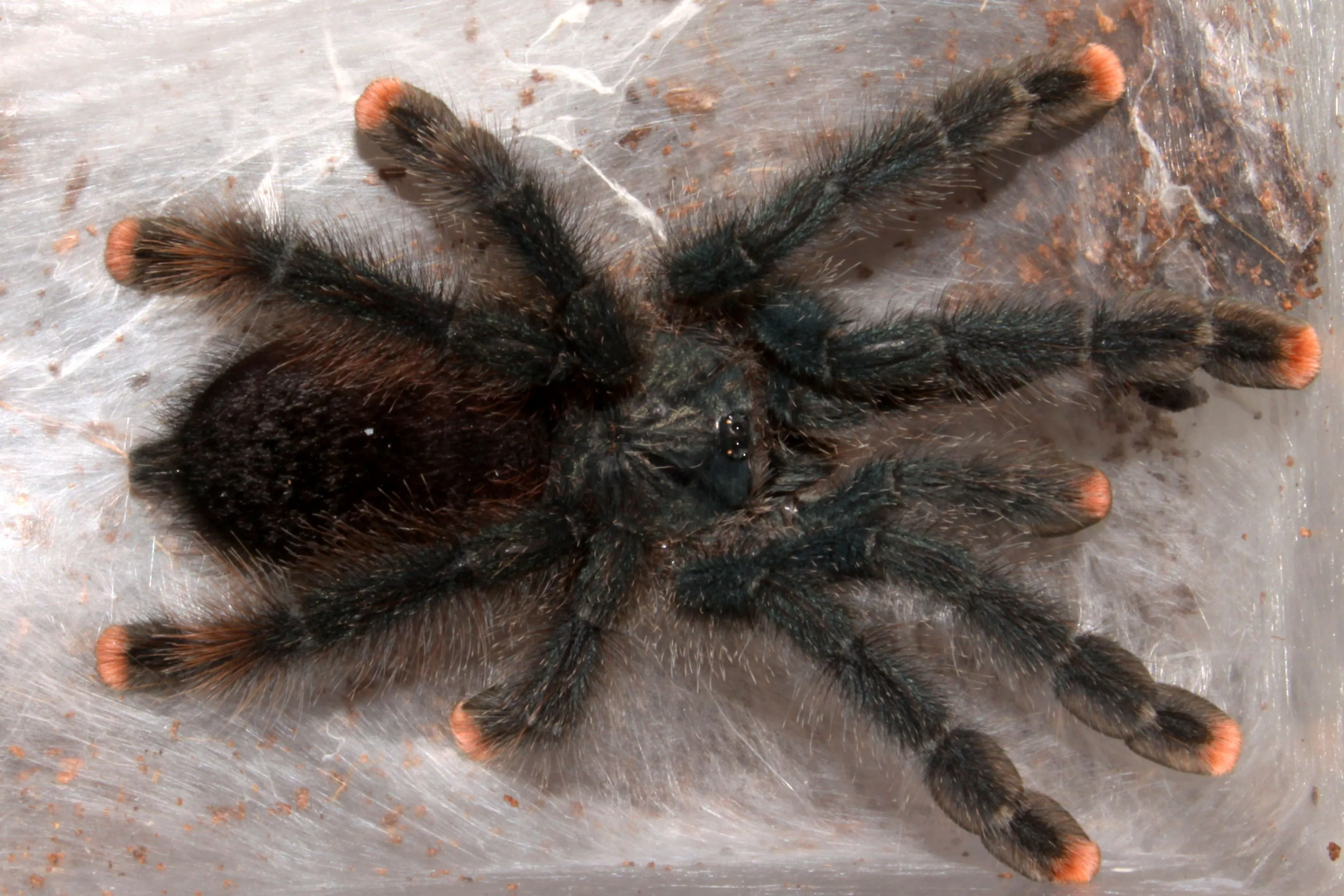
Feeding your tarantula involves understanding the needs of your specific species. The frequency of feeding depends on the tarantula’s age and size. Spiderlings require more frequent feedings. Adults can be fed once or twice a week. You should select appropriately sized insects as food. The insects should be no larger than the tarantula’s abdomen. Avoid feeding insects that are too large, as this can stress the tarantula. Pre-killed insects can be used, especially for younger tarantulas. Never feed insects that have been exposed to pesticides. Monitor your tarantula’s feeding behavior. Tarantulas may refuse food before a molt, and this is normal. Remove uneaten food within 24 hours to prevent mold growth. Proper feeding practices are key to providing your tarantula with the nutrition it needs.
Providing Water
Providing access to fresh water is a basic requirement. Water should be available at all times. Use a shallow water dish to prevent the tarantula from drowning. The water dish should be placed in a safe location. Fresh water should be provided every day. Clean the water dish regularly to prevent bacteria growth. Some tarantulas prefer a damp substrate. Ensure that the substrate is properly moistened. Monitor the humidity levels in the enclosure, and adjust as needed. Access to fresh water is important. Providing water correctly helps your tarantula remain hydrated. Water is an essential part of your tarantula’s diet and health, so make sure that you always provide enough.
Handling and Safety
Handling a tarantula must be approached with caution. Handling is not always necessary, and excessive handling can stress the tarantula. If handling is required, make sure to do so in a safe manner. Always handle a tarantula over a soft surface, just in case it falls. Avoid sudden movements, as they can startle the tarantula. Be mindful of the tarantula’s behavior, and be prepared to set it down if it shows signs of stress. Be careful when handling any tarantula, since they can bite or flick urticating hairs as a defense mechanism. Urticating hairs can cause skin irritation. Teach children how to treat the tarantula with respect and care. It’s important to recognize that each tarantula has its own personality and may react differently to handling. Prioritizing safety when handling a tarantula is key. By understanding the risks and adopting safe handling practices, you can protect yourself and your tarantula.
Handling Your Tarantula
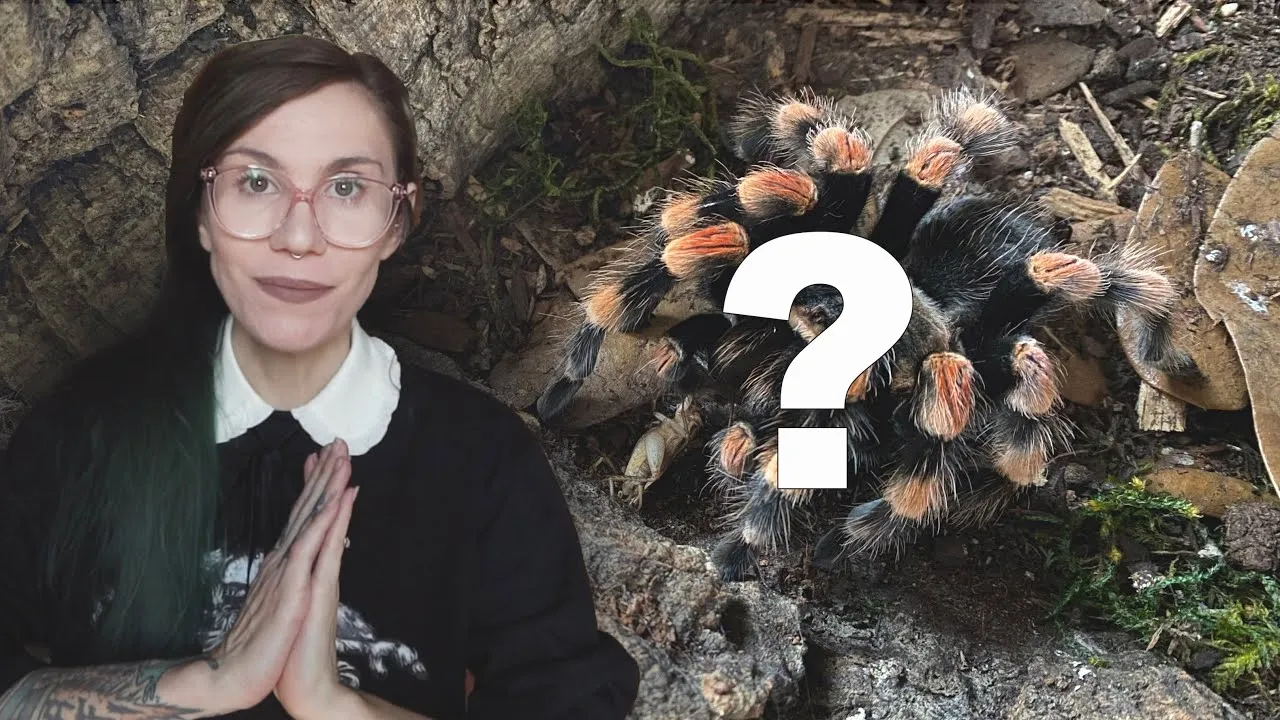
When handling your tarantula, approach it with care. Avoid sudden movements and speak softly. Handle your tarantula over a soft surface, in case it falls. If the tarantula seems stressed, put it back in its enclosure. Always wash your hands before and after handling your tarantula. Avoid applying any pressure to the tarantula’s abdomen, as this could cause harm. Be patient and allow the tarantula to acclimate to being handled. The goal is to minimize stress. Never force interactions, and respect the tarantula’s boundaries. Handling a tarantula can be rewarding. Make sure to always prioritize safety and your tarantula’s well-being. Handling your tarantula is only a small part of keeping a pet tarantula, but make sure that you do it with all the correct steps.
Tarantula Safety
Tarantula safety encompasses all aspects of care. Educate yourself about the species you are keeping. This will allow you to understand its specific requirements and potential risks. Make sure to secure the enclosure properly to prevent escapes. Properly cleaning the enclosure is vital for keeping the tarantula happy and healthy. Avoid handling your tarantula if you have any open wounds. Wash your hands before and after handling your tarantula. If bitten, seek medical attention if you experience any symptoms. If the tarantula flicks urticating hairs, do not rub your eyes or skin. Be aware of the common health issues that tarantulas may face. Be prepared to seek veterinary care if your tarantula becomes ill. Always prioritize the tarantula’s well-being. Prioritizing safety will ensure a positive experience with your tarantula and protect you and others.
Conclusion
Choosing the best beginner tarantula species is the first step toward a rewarding experience. The Mexican Red Knee, Chilean Rose Hair, Desert Blonde, Brazilian Black, and Pinktoe Tarantulas each offer unique appeal, with docile temperaments and manageable care requirements. Proper housing, including the right enclosure, substrate, and decor, is essential for creating a comfortable and safe environment. Feeding your tarantula appropriately sized insects and providing access to fresh water are fundamental to their health. Handling should be approached with caution. With the proper preparation and a genuine interest in these incredible creatures, you can create a thriving habitat and foster a deep appreciation for these unique pets. Enjoy the journey of tarantula ownership. With patience, understanding, and a commitment to their well-being, you can enjoy the fascinating world of tarantulas for many years to come.
